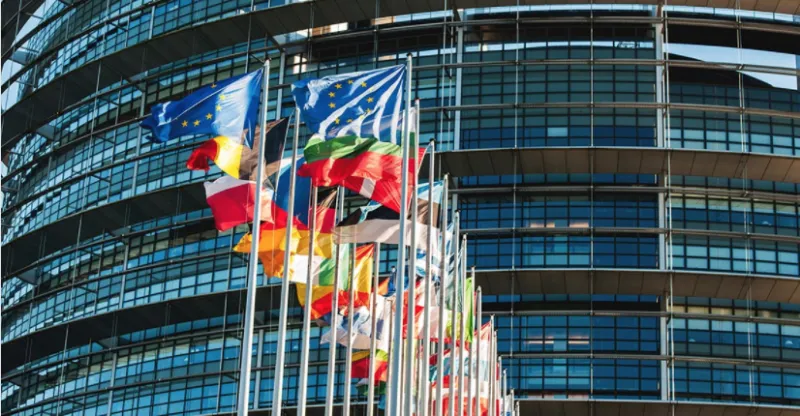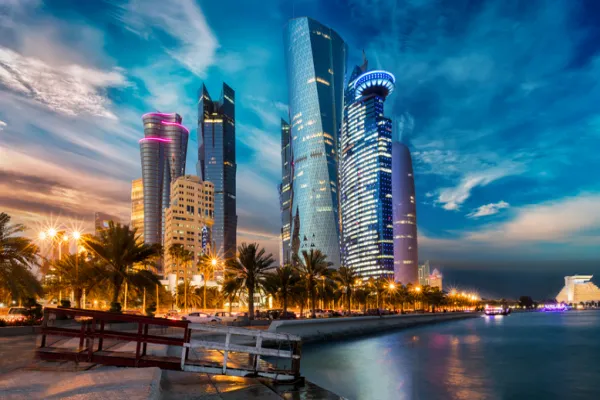It was easy to forget amid all of the exuberance of last year that what goes up must eventually come down. Something had to give - and it has. Equity markets have corrected worldwide after strong growth figures forced investors to face up to the threat of central bank normalisation.
In Lyxor's view, markets were always going to start adjusting to rising inflation and rates at some point. More volatility was therefore inevitable. Europe was no exception, in spite (or perhaps because) of its economic recovery. There's no need for panic, but investors cannot afford to be complacent even if, according to the latest State Street Investor Confidence Index, they are currently more confident in Europe than anywhere else*.
Investors may need to adjust their positioning more frequently as we move through the year, as countries and sectors rotate. Picking the right ones, at the right time, will be the key to sustaining returns in the months ahead.
The backdrop
The eurozone economy is in recovery mode and we expect growth of around 2.1 percent this year, just ahead of the wider consensus. Leading economic indicators, such as eurozone manufacturing PMI and the German manufacturing Ifo are at all-time highs. The employment picture has improved hugely, but there's still more to come.
Prospects for economic and institutional reform — an essential ingredient in any sustained long-term recovery — have improved. Better EU growth, a more Europhile Germany, and the relatively smooth path of Emmanuel Macron's reforms in France are all supportive. The nature of those eurozone reforms is yet to be determined however, with dividing lines between North and South still evident. With the political scene as it is today, more spending and more fiscal integration have a better chance of success than mooted moves toward greater financial risk sharing.
The Italian elections on 4 March remain a key risk as well as, potentially, a major catalyst. The threat of an "Italexit" seems remote. However, were anti-establishment parties to outperform electorally, progress towards eurozone reforms could be checked or see those reforms become purely cosmetic. It would fail to lure back foreign investors and question the long-term sustainability of the recovery.
A two-speed Europe
As the above suggests, it may become necessary to dig deeper for opportunity by differentiating between countries. The planets seem perfectly aligned for Macron as he pushes ahead with domestic reforms on areas like tax, the labour market, and immigration against a backdrop of better domestic and international growth while France's opposition parties wallow in disarray. Meanwhile deal-making in Germany (and the likely stimulus spending) and the possibility of debt forgiveness for Greece are also areas of interest. Further afield, Eastern European equities have some appeal. In contrast, political gridlock continues to cloud the outlook for Italy and Spain.
The FTSE 100 faces its own Brexit battles. A deal has been reached and there are signs of progress toward a slow, non-systemic transition - but for all that we can't bring ourselves to be too positive on UK equities. Trade treaty complications will soon cloud the horizon.
Sifting through sectors
History tells us today's environment should favour sectors such as financials, oil & gas, basic resources and automobiles, which all tend to be beneficiaries of a rising rate environment. At the same time, telecoms, utilities, consumer staples and real estate are likely to struggle. While largely true, we believe exposures need to be more nuanced.
Within Lyxor's cyclical exposure, we favour consumer discretionary companies over industrials. These sectors' valuations tend to be highly correlated, but the relationship seems to have broken down, with industrials trading at a much higher forward P/E for no convincing reason given how similar their underlying statistics are. Construction and defence could also be areas worth exploring.
Emerging markets through a European lens
Emerging markets are also accelerating: We expect GDP growth across emerging markets to reach 4.8 percent in 2018, back to a five-year high. China is expected to continue to deliver economic growth of 6 percent+ and the probability of a hard landing is falling sharply.
To capture this growth within a European equity portfolio, we favour commodity-linked sectors. This is for valuation reasons primarily, but also because of the weaker dollar. Capital goods come under pressure when the dollar weakens, but commodity prices should benefit, supported by a better supply/demand picture.
Defensive options
In general, defensive sectors look expensive. However, the need for balance in any portfolio means investors shouldn't overlook them altogether. Even though oil and gas has a strong credit rating and strong balance sheet, and the information technology sector continues to generate significant cash, both sectors could come under pressure if the credit market starts to wobble.
Despite all the optimism, there could still be difficult times ahead for investors. Markets could be on the cusp of a significant sector rotation as they adapt to changing economic conditions. Success may be dependent on staying on the right side of such a shift.






